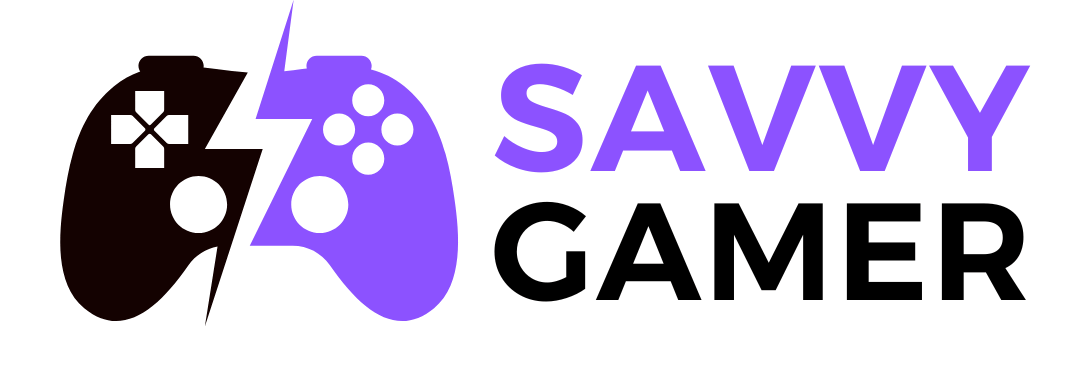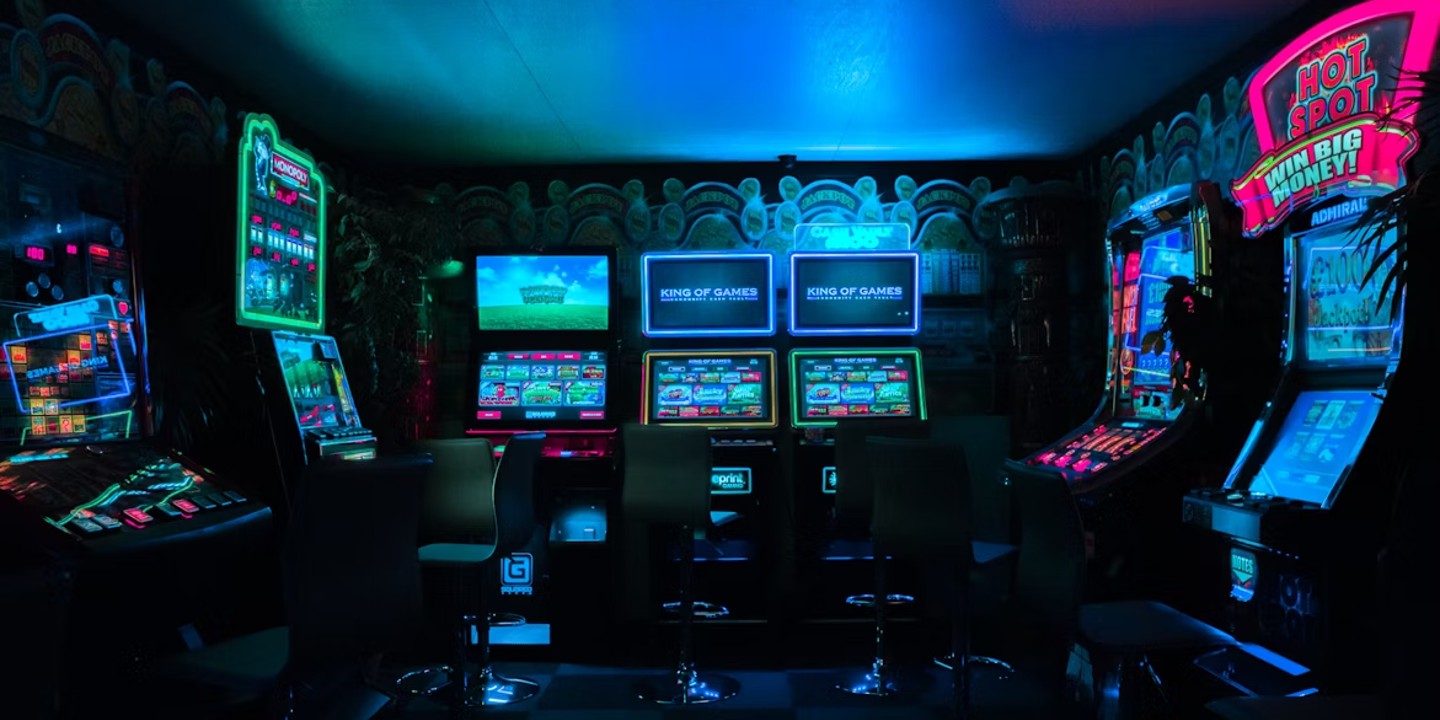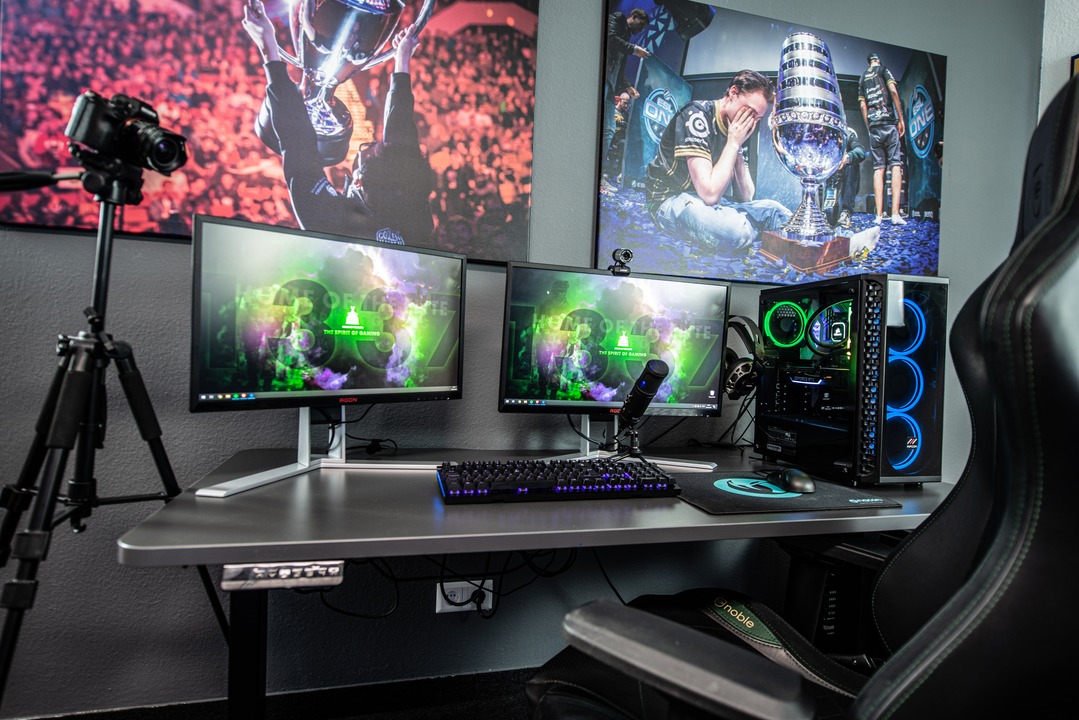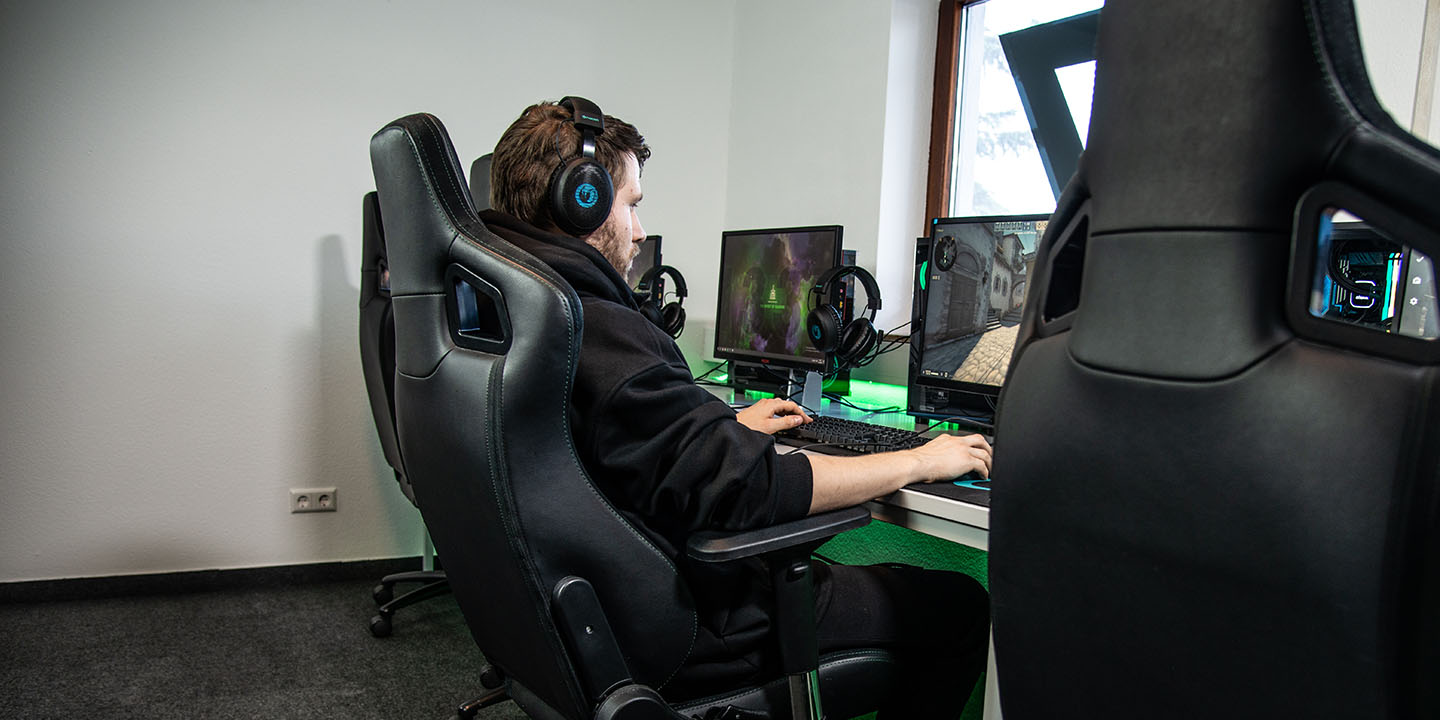RPGs That Were Doing Too Much
Ever get hyped for a game that promised the stars, only to crash-land in a buggy wasteland of broken dreams? Similarly, RPGs love to shoot big. However, some of these titles landed somewhere between confusing and unplayable. So, let’s take a look at 20 RPGs that flew too close to the sun—bold, beautiful, and just a little broken.
 Hyperdimension Neptunia All Transformations by Bruna Grande Butera
Hyperdimension Neptunia All Transformations by Bruna Grande Butera
1. Anthem
Jetpacks were supposed to change everything. Anthem teased seamless aerial combat, deep lore, and meaningful co-op gameplay. What players found was a hollow loop of repetitive missions and clunky storytelling. Even the HUD had issues, and EA's “live service” dream never really took off.
 This Is Anthem | Gameplay Series, Part 1: Story, Progression, and Customization by Anthem Game
This Is Anthem | Gameplay Series, Part 1: Story, Progression, and Customization by Anthem Game
2. Alpha Protocol
Alpha Protocol pitched itself as a "spy RPG" with branching choices and real-time decisions in 2010. Instead, players got clunky stealth, stiff animations, and bugs galore. Its dialogue wheel was ahead of its time, but the rest couldn’t match the ambition.
 Alpha Protocol - Let's Play Part 1: The Best Spy RPG Game by Casas Plays
Alpha Protocol - Let's Play Part 1: The Best Spy RPG Game by Casas Plays
3. Hyperdimension Neptunia
A meta RPG starring game consoles as anime goddesses? Bold move. Hyperdimension Neptunia oozed personality and satire, poking fun at the industry it belonged to. Sadly, behind the clever concept lurked repetitive combat and grind-heavy pacing that couldn’t quite match its quirky confidence.
 Hyperdimension Neptunia - Official Trailer by Crunchyroll Store Australia
Hyperdimension Neptunia - Official Trailer by Crunchyroll Store Australia
4. Mass Effect: Andromeda
Facial expressions turned into internet comedy gold when Andromeda dropped. Behind the scenes, a rushed development cycle led to outsourced animations and a half-baked story. Players were left with a galaxy full of fetch quests and awkward pacing.
 First 45 Minutes Of Mass Effect: Andromeda Gameplay by GameSpot
First 45 Minutes Of Mass Effect: Andromeda Gameplay by GameSpot
5. Final Fantasy XIV
Players figuring out Final Fantasy XIV's 2010 version encountered identical rocks scattered across zones. Copy-pasted terrain assets and sluggish combat defined the infamous launch. The damage ran so deep that Square Enix publicly apologized and rebooted the entire game.
 Final Fantasy XIV Online Xbox Series X Gameplay [Optimized] [Final Fantasy 14] by Skycaptin5
Final Fantasy XIV Online Xbox Series X Gameplay [Optimized] [Final Fantasy 14] by Skycaptin5
6. Too Human
Announced in 1999 and delayed for nearly a decade, Too Human finally surfaced in 2008 as a clunky cyber-Norse hybrid. Intended as a trilogy, it failed hard due to awkward controls and endless development issues. Silicon Knights never recovered from the blow.
 Too Human Xbox Series S Gameplay Review [Free Game] by Skycaptin5
Too Human Xbox Series S Gameplay Review [Free Game] by Skycaptin5
7. Kingdoms Of Amalur: Reckoning
Big names like R.A. Salvatore and Todd McFarlane couldn’t save the Kingdoms of Amalur from its bloated ambition. Released in 2012, it offered solid combat—but drowned in lore without purpose. Worse, the studio’s state-funded collapse triggered a full-blown political scandal.
 KINGDOMS OF AMALUR RE-RECKONING Gameplay Walkthrough Part 1 - INTRO by GameRiot
KINGDOMS OF AMALUR RE-RECKONING Gameplay Walkthrough Part 1 - INTRO by GameRiot
8. Fable
Peter Molyneux hyped Fable as the future of interactive storytelling in 2004. Players were promised a world that aged, responded, and evolved—what they got was a fun but limited-action RPG. Hence, its legacy was a cautionary tale of overpromising to eager fans.
 Was Fable as good as I remember? by The Salt Factory
Was Fable as good as I remember? by The Salt Factory
9. Dragon Age: The Veilguard
Formerly known as Dreadwolf, Veilguard represents BioWare’s internal tug-of-war between creative ambition and executive interference. Its mid-development reboots and shifting genre identity raise flags. Every trailer feels like a reinvention, as confidence is clearly missing behind the curtain.
 Dragon Age: The Veilguard Review by IGN
Dragon Age: The Veilguard Review by IGN
10. Avowed
Obsidian’s Avowed sparked interest with its Skyrim-like vibe, but recent gameplay reveals in 2024 left many cold. The epic scale hinted at early on seems trimmed back. Development adjustments, likely budgetary, suggest scope control is replacing the original vision. The jury’s still out.
 Avowed - Official Gameplay Trailer by Xbox
Avowed - Official Gameplay Trailer by Xbox
11. Neverwinter Nights 2
This one set out to surpass BioWare’s classic by deepening storylines, expanding customization, and pushing the Aurora engine’s limits. Instead, clunky interfaces, buggy AI, and performance issues stalled momentum. Modding potential remained impressive, but the core game buckled beneath its overloaded systems.
 Neverwinter Nights 2 Full Walkthrough Gameplay - No Commentary (PC Longplay) by Lacry
Neverwinter Nights 2 Full Walkthrough Gameplay - No Commentary (PC Longplay) by Lacry
12. Project Titan
Meant to be the spiritual successor to World of Warcraft, Titan sank under its own complexity. After seven years of development, Blizzard canceled the game in 2014. Ironically, scraps from this failed project formed the foundation for the far more successful Overwatch.
 Project Titan Overview | Unreal Engine by Unreal Engine
Project Titan Overview | Unreal Engine by Unreal Engine
13. Star Wars: The Old Republic
With a budget of over $200 million, SWTOR aimed to topple WoW in 2011. Voice acting for every line, deep lore, and multiple story paths couldn’t stop its subscription collapse. It shifted free-to-play, proving that size and IP alone can’t guarantee long-term success.
 STAR WARS: The Old Republic Gameplay (PC HD) [1080p60FPS] by Throneful
STAR WARS: The Old Republic Gameplay (PC HD) [1080p60FPS] by Throneful
14. Rift
"You're not in Azeroth anymore," claimed Rift’s marketing. And for a brief moment in 2011, it looked like a worthy rival. Then, the cracks appeared—event fatigue, dull PvP scaling, and class bloat. Trion’s updates came fast but couldn't hold players past the honeymoon phase.
 RIFT: Guide to Instant Adventure by RIFT
RIFT: Guide to Instant Adventure by RIFT
15. WildStar
Carbine Studios promised MMO thrills with WildStar in 2014. What they delivered was a gritty, bloated experience that alienated casual players. Its insistence on difficulty over accessibility became its downfall. Servers shut down in 2018.
 Welcome to WildStar by WildStarOnline
Welcome to WildStar by WildStarOnline
16. Warhammer Online: Age Of Reckoning
Mythic Entertainment had lore, a massive budget, and the Warhammer name when it launched in 2008. Unfortunately, unbalanced PvP and technical instability sank its chances. Competing with WoW proved impossible. Hence, it ended as a once-hyped contender’s run.
 Why You SHOULD Play Warhammer Online in 2024 - Age of Reckoning by The Great Book of Grudges
Why You SHOULD Play Warhammer Online in 2024 - Age of Reckoning by The Great Book of Grudges
17. Age Of Conan: Hyborian Adventures
Funcom’s 2008 MMORPG launched with a brutal combat system and mature themes. Sadly, its bugs, lag, and lack of polish dominated early reviews. It should’ve been Conan’s breakout RPG moment. However, it became a cautionary tale about the dangers of premature release.
 Age of Conan: Hyborian Adventures PC Games Gameplay - by IGN
Age of Conan: Hyborian Adventures PC Games Gameplay - by IGN
18. Digimon World 2
Instead of building on the quirky charm of its predecessor, this sequel dove headfirst into dungeon crawling and tedium. Endless corridors and clunky evolution systems made taming digital monsters feel like a chore. Its execution, unfortunately, felt like digital deja vu.
 🔥 Digimon World 2 Gameplay by LetsPlayMasterLive
🔥 Digimon World 2 Gameplay by LetsPlayMasterLive
19. Guild Wars 2
Dynamic events promised a world that responded to player actions in Guild Wars 2. In practice, it meant random zergs chasing centaurs. The personal story started strong, then fizzled into generic missions. This way, its cash shop and gear treadmill contradicted the “play how you want” mantra.
 Why Play Guild Wars 2 in 2024? by Laranity
Why Play Guild Wars 2 in 2024? by Laranity
20. Project Copernicus
38 Studios’ dream project aimed to be a full-blown MMORPG spinoff to Kingdoms of Amalur. Lavish spending and unclear goals crashed the game—and the company—by 2012. Rhode Island taxpayers got stuck footing the bill, marking one of gaming’s wildest financial implosions.








